Scientific name Proconsul africanus Rank Species | Superfamily Hominoidea Subfamily †Proconsulinae Higher classification Proconsul | |
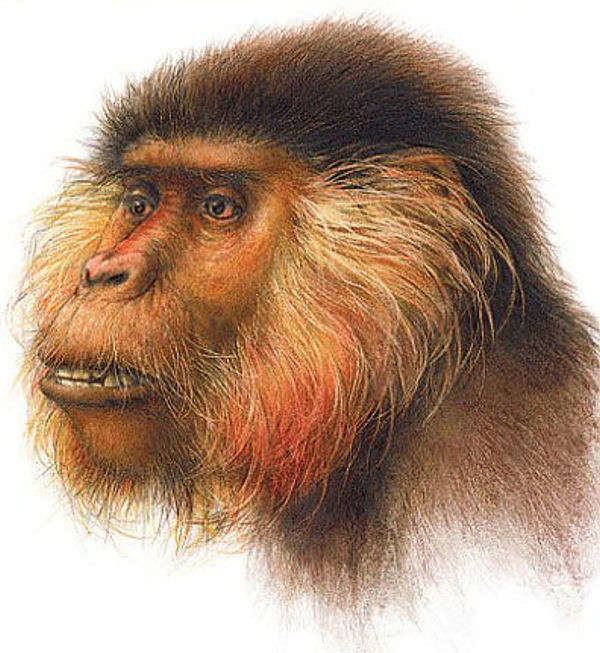 | ||
Similar Proconsul, ape, Primate, Proconsul nyanzae, Mammal | ||
Proconsul africanus type
Proconsul africanus is an ape which lived from about 23 to 14 million years ago during the Miocene epoch. It was a fruit eater and had a brain larger than a monkey, although probably not as large as a modern ape.
Contents
- Proconsul africanus type
- Proconsul africanus maxilla
- Discovery
- Morphology
- Diet
- Range and locomotion
- References
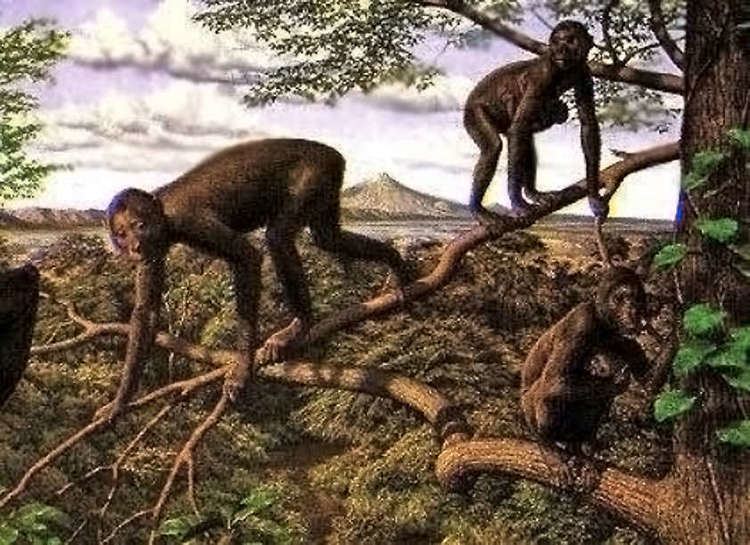
It was named by paleontologist Arthur Hopwood in 1933 after chimpanzees all called Consul, which performed human like circus acts, such as riding a bicycle and playing the piano, in the late nineteenth and early twentieth centuries. Other species of the genus Proconsul have since been discovered.

Proconsul africanus maxilla
Discovery
The Leakey expedition of 1947–1948 to Rusinga Island in Lake Victoria uncovered more species of Proconsul. Louis Leakey made an especially complete find of Proconsul there in 1948, which was for a number of decades labeled africanus, but was reclassified as heseloni in 1993 by Alan Walker. In 1951 Leakey and Le Gros Clark placed Hopwood's Xenopithecus koruensis ("strange ape from Koru, Kenya") with africanus. In 1951 also T. Whitworth found more Proconsul on Rusinga, which he considered africanus, but they were lumped with 1992 finds by Walker to form heseloni.
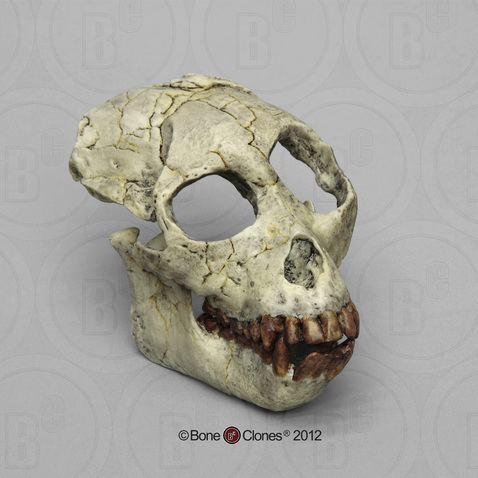
The 18-million-year-old fossil species has been considered a possible ancestor of both great and lesser apes, and of humans. The paleontologist Louis Leakey, who was one of the foremost fossil-hunters of the 20th century and a champion of evolution, said:
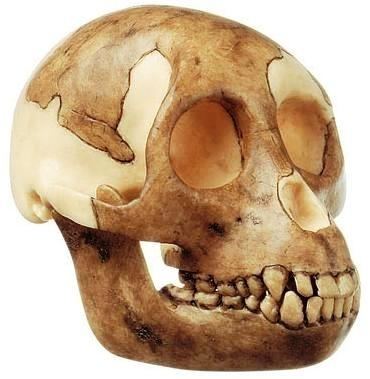
Leakey changed his mind a few times about the exact classification of Proconsul, as did most other palaeontologists. Opinion currently favors a position between the monkeys and the apes.
Morphology
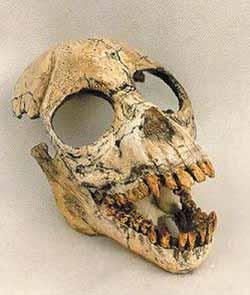
Proconsul africanus had a dental formula of 2:1:2:3 on both the upper and lower jaws. The molars of this species had thin enamel and there was a prominent molar cingula. This species also possessed a robust zygomatic bone and a pronounced snout. This species had a broad interorbital region and small frontoethmoidal sinuses. The maxillary sinus was restricted. This species had an auditory region which would be similar to that of extant apes and cercopithecoid monkeys. The ectotympanic tube was well-developed. This species lacked a tail and the canines of this species were sexually dimorphic. The skull lacks supraorbital tori and can be considered somewhat prognathous. This species has a cranial capacity of 167 cc and an encephalization quotient of 1.5. Based on the cranium, this species had an external brain surface much like that of gibbons and cercopithecoid monkeys. The wrist of this species has been described as monkey-like. This species has a talus in which the trochlear surface is highly curved and deeply grooved. The foot of this species possessed a transverse arch. Proconsul africanus had a brachial index of 96 which is comparable to the extant genus Pan. Overall the skeleton of this species can be described as being robust. This species had an average body mass of around 18 kilograms.
Diet
Based upon the dental morphology, it is conjectured that Proconsul africanus was a frugivorous species. A study by Aiello in 1981 concluded it was a "below-branch feeder."
Range and locomotion
Based on postcranial pieces, Proconsul africanus was likely an arboreal quadruped.
